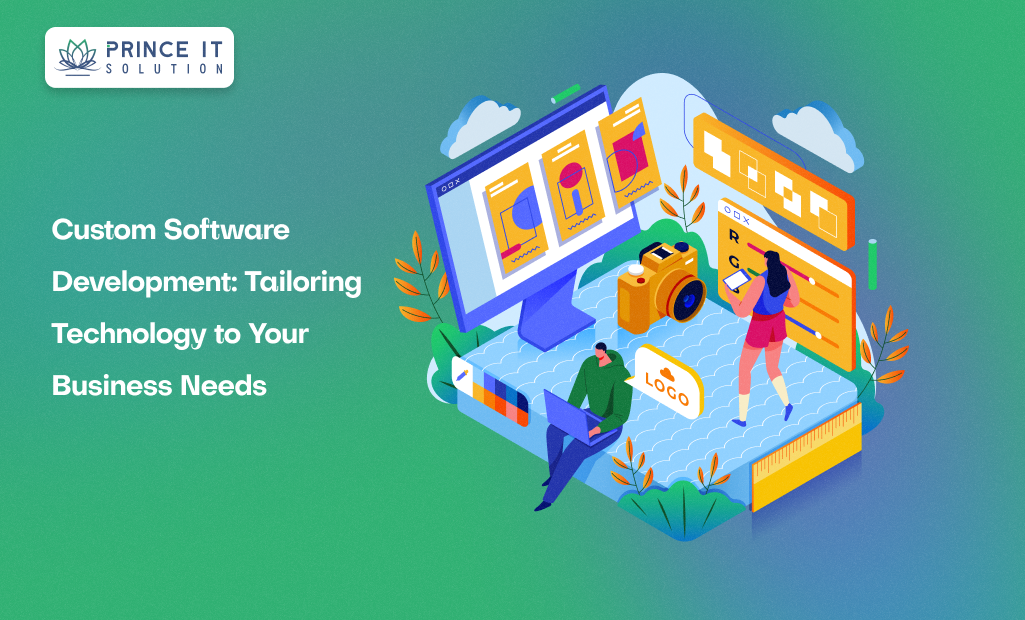Introduction
Launching an Android application is exciting, but success doesn’t just depend on coding—it depends on how well the app performs in real-world use. An app that crashes, loads slowly, or has poor usability will frustrate users and damage your brand. That’s why testing is a critical step in mobile app development.
This guide will walk you through practical ways to test your Android app, ensuring it’s stable, secure, and user-friendly before release.
1. Why Testing Your Android App is Important
Ensures the app works across different devices and OS versions
Improves user experience (smooth navigation, intuitive design)
Prevents app crashes and performance issues
Identifies security vulnerabilities early
Builds customer trust and boosts app ratings
2. Types of Testing for Android Apps
a) Functional Testing
Checks whether all features work as intended. For example, login, signup, payment gateways, and navigation.
b) UI/UX Testing
Focuses on the design and ease of use. Does the app look good? Is it intuitive? Can users complete tasks easily?
c) Performance Testing
Measures app speed, load time, and stability under different conditions (e.g., low internet, heavy usage).
d) Compatibility Testing
Ensures the app runs smoothly across various Android versions, screen sizes, and device models.
e) Security Testing
Checks data protection, login security, and prevention of unauthorized access.
f) Beta Testing
Releasing the app to a small group of real users helps gather feedback before the official launch.
3. Steps to Test Your Android Application
Use Android Emulator Tools
Tools like Android Studio’s Emulator let you test apps on multiple virtual devices.
Test on Real Devices
Emulators are useful, but testing on real devices provides more accurate results. Try different brands, screen sizes, and Android versions.
Automated Testing
Tools like Espresso, Appium, and Robotium help automate repetitive tests and save time.
Manual Testing
Go through each feature step by step, as a user would, to catch bugs that automated tests might miss.
Gather User Feedback
Release a beta version through Google Play’s testing track and ask real users to share their experience.
4. Best Practices for Effective App Testing
Start testing early during development, not just at the end.
Keep test cases simple, clear, and repeatable.
Regularly update and retest after bug fixes.
Monitor crash reports and analytics after release.
Involve both developers and QA testers for thorough coverage.
Conclusion
Testing your Android mobile app is not just a final step—it’s an ongoing process that ensures quality, security, and user satisfaction. By combining functional, performance, and user experience testing with real-world beta feedback, you can deliver an app that meets user expectations and stands out in the competitive Android market.
A well-tested app builds trust, earns positive reviews, and sets the stage for long-term success.



